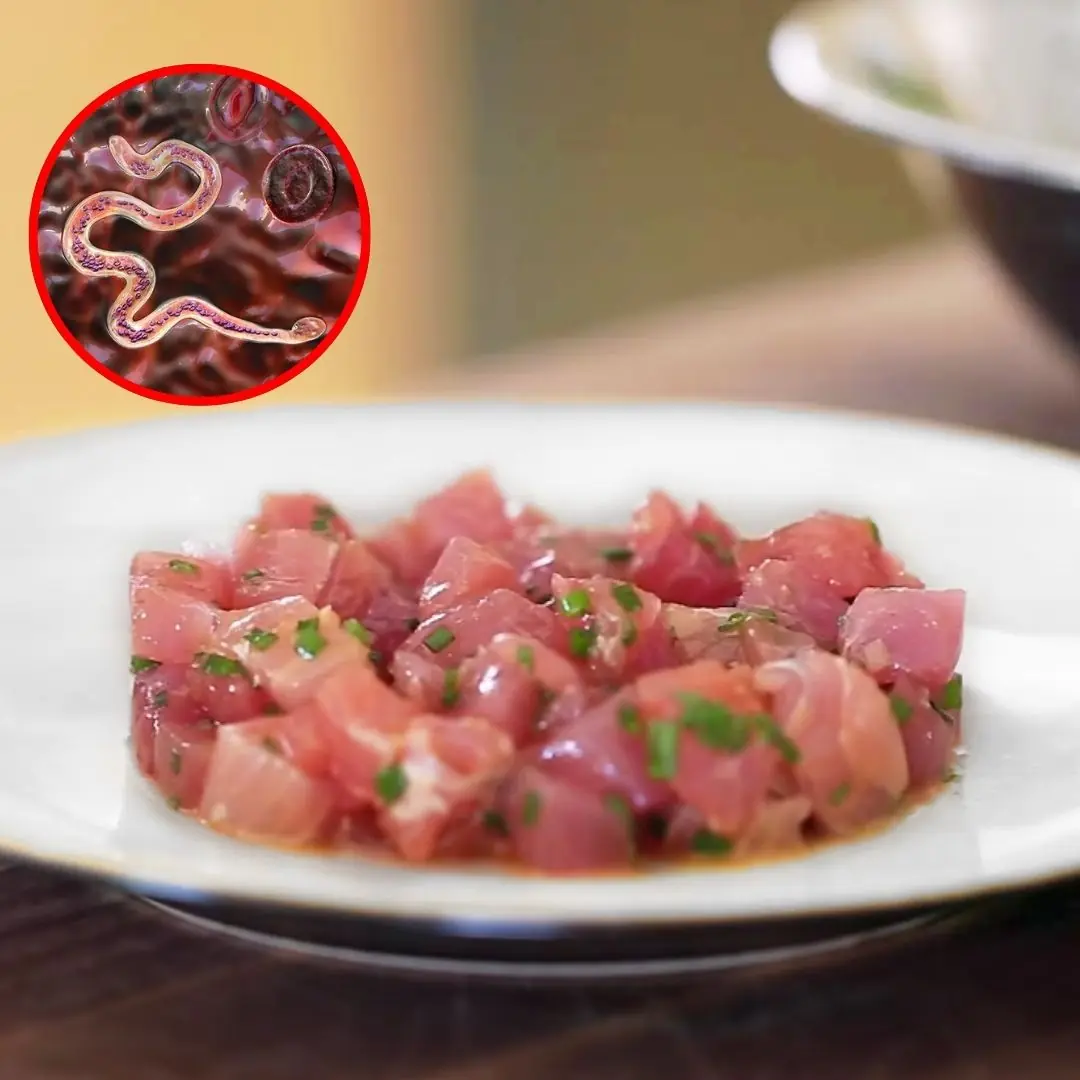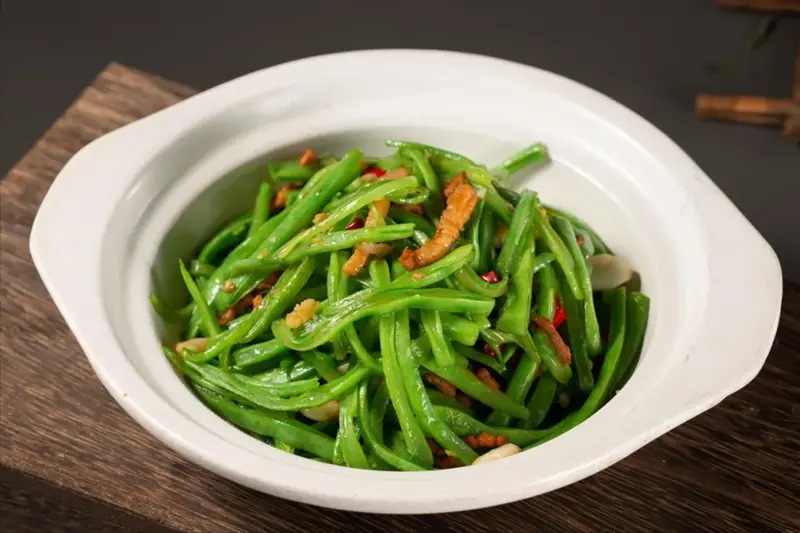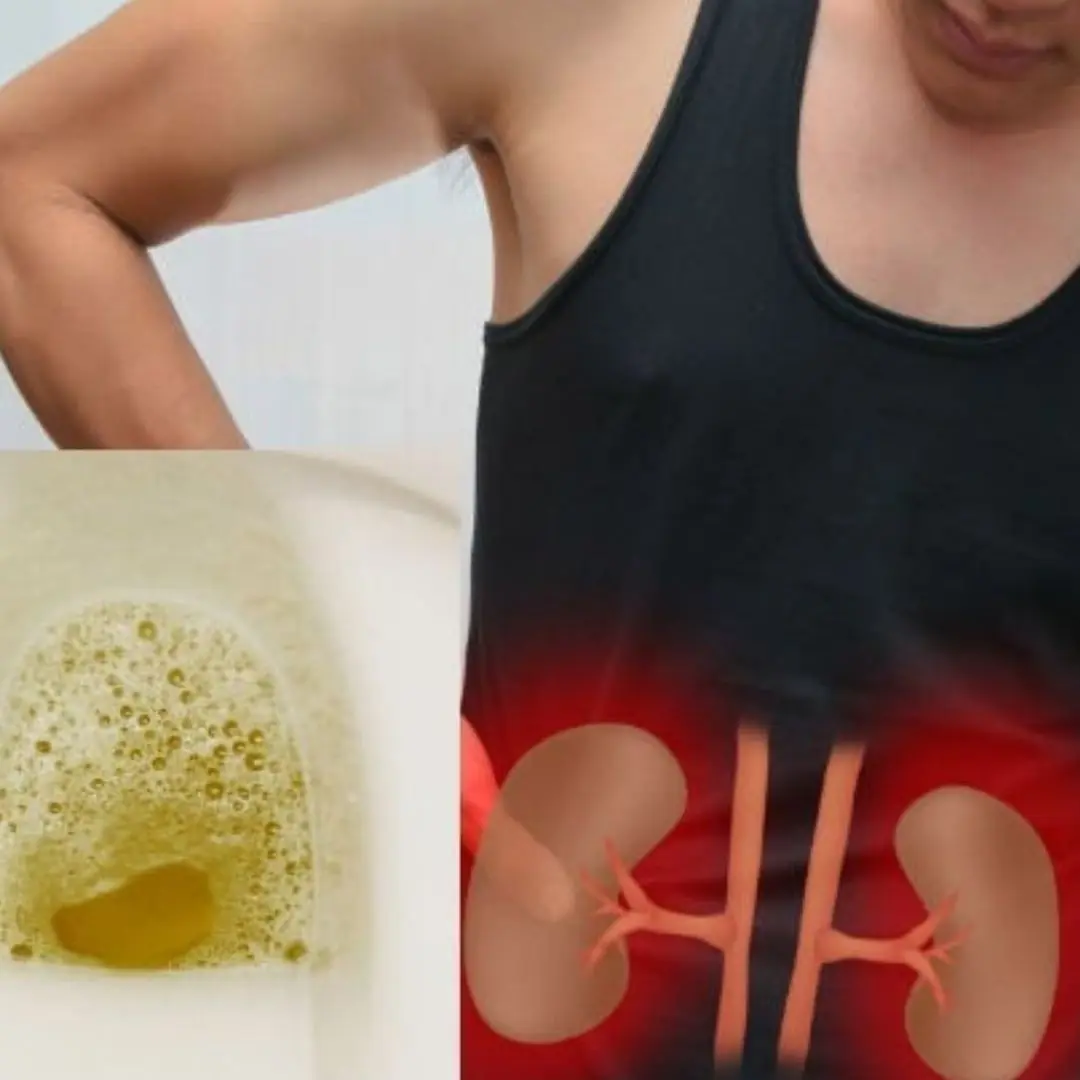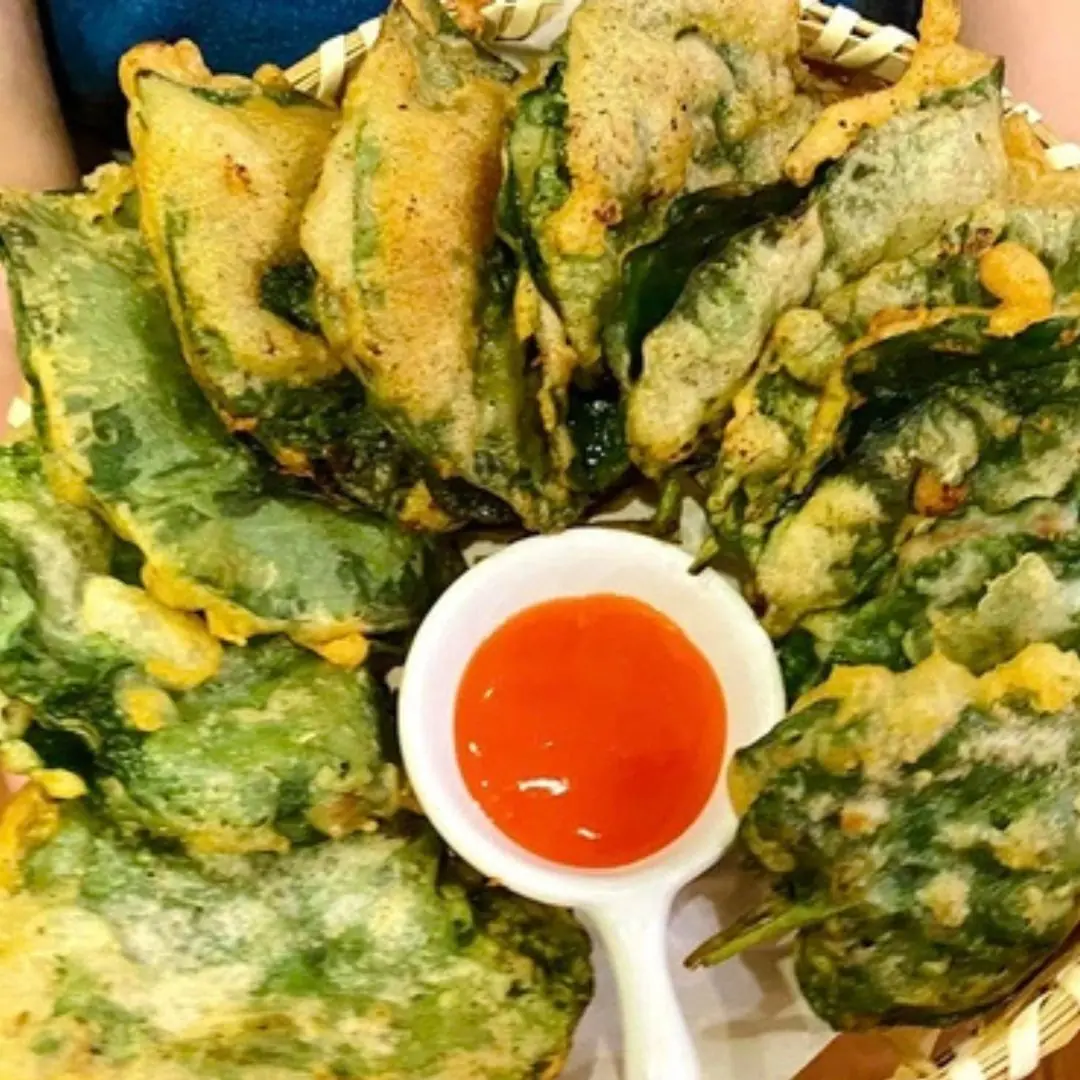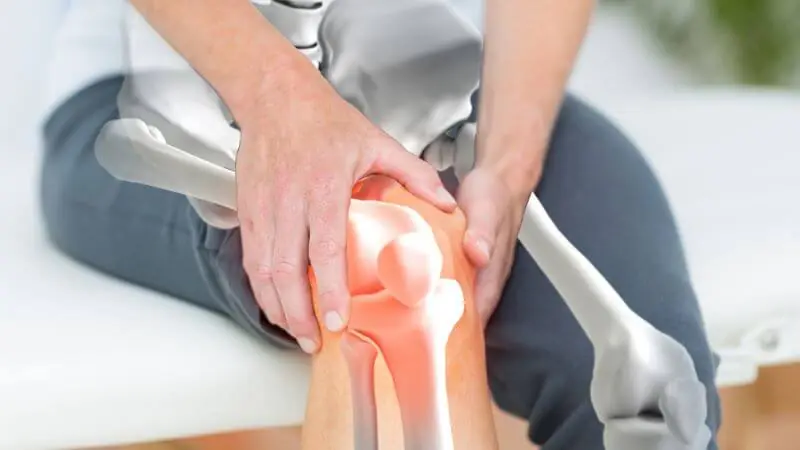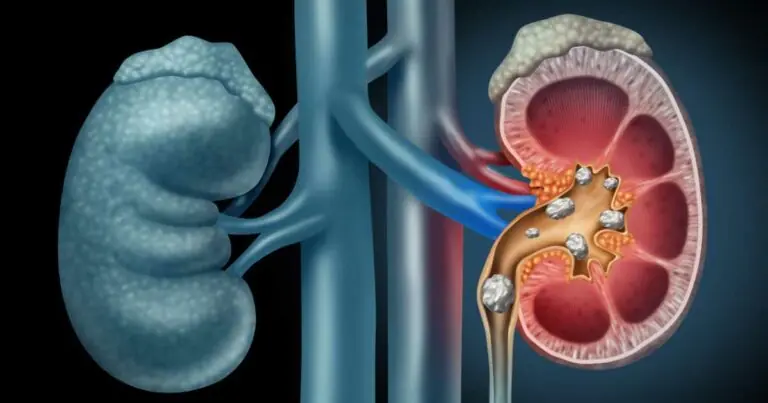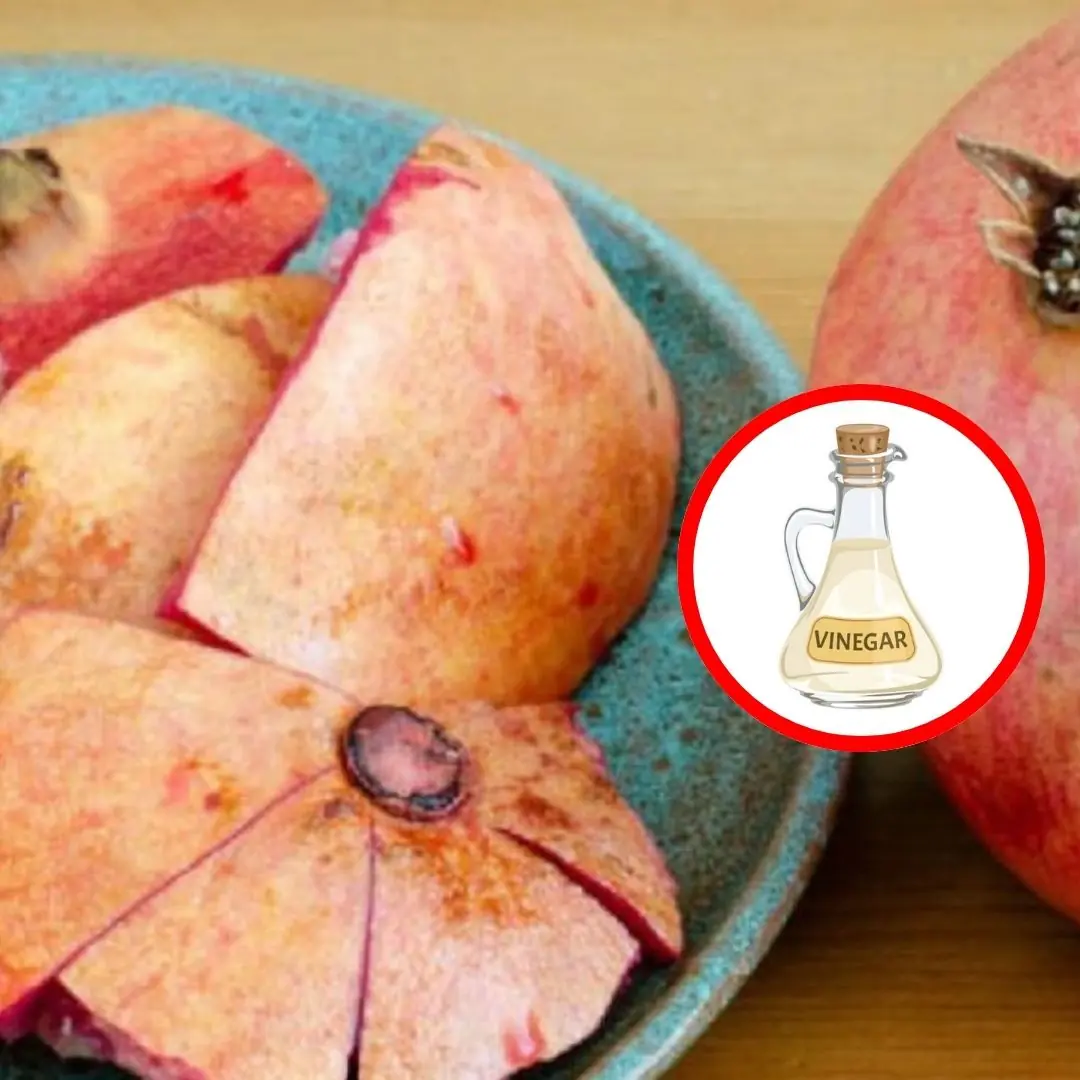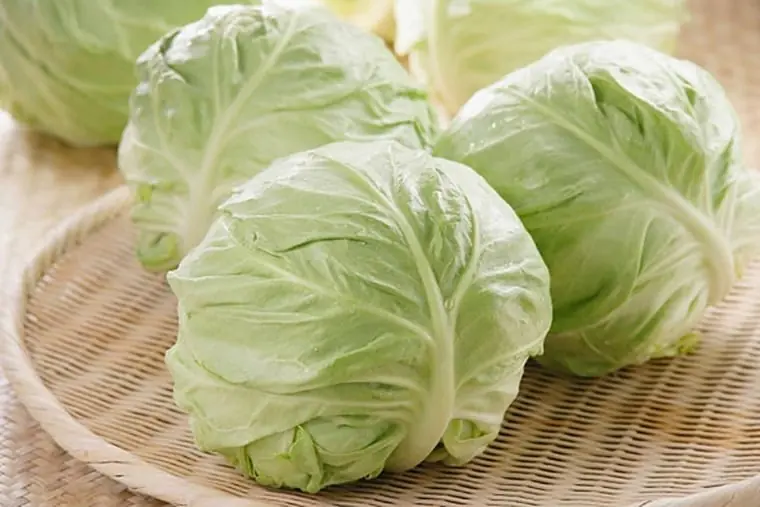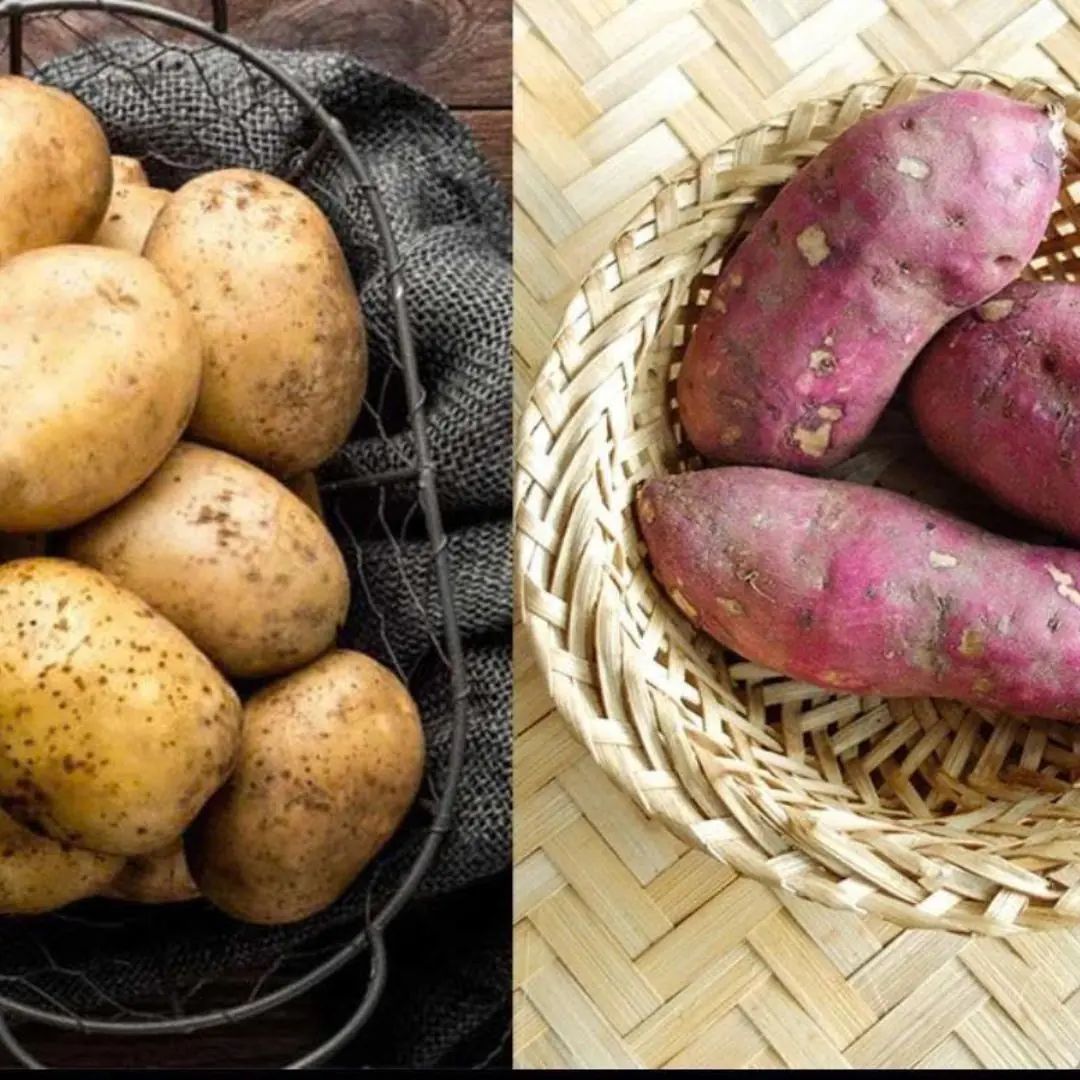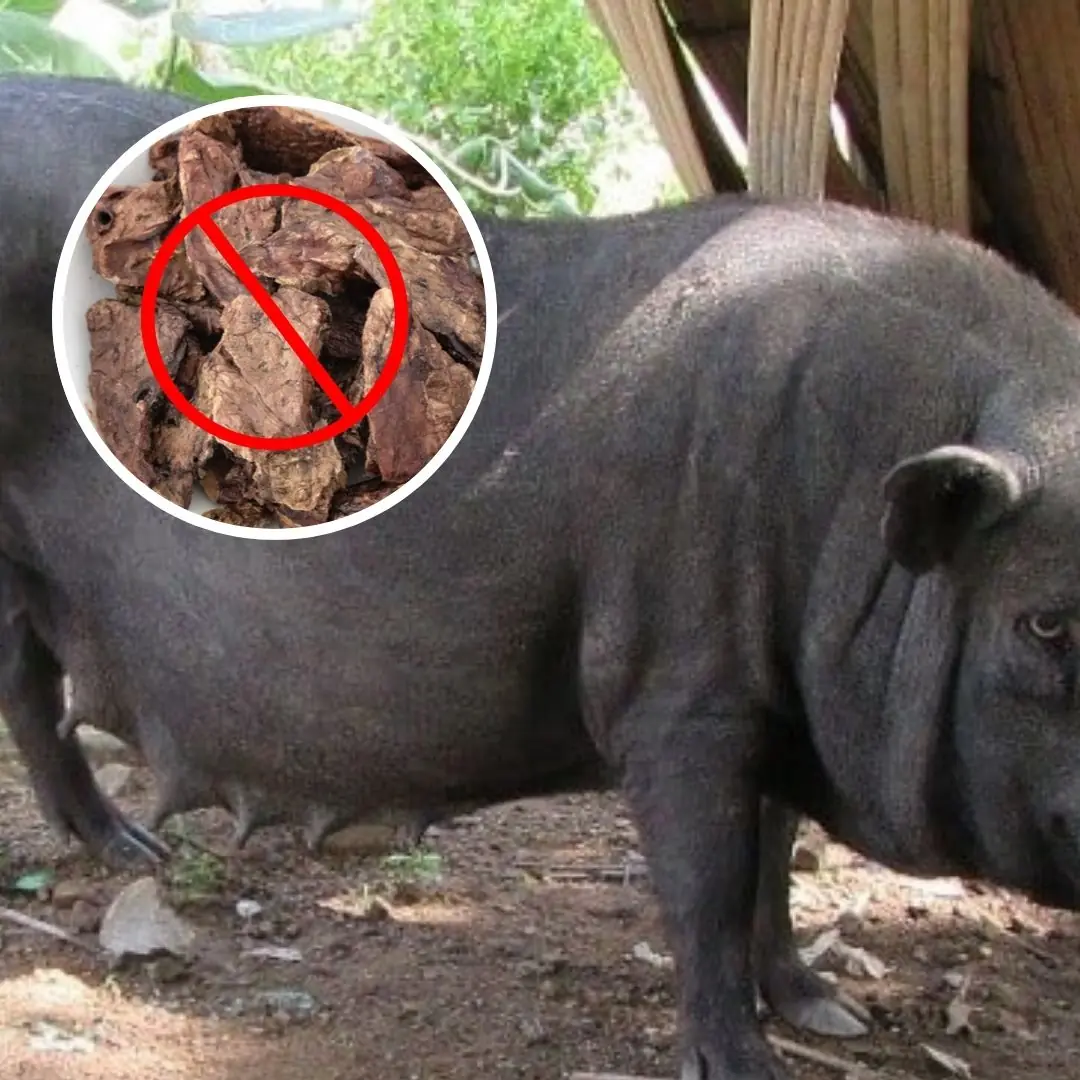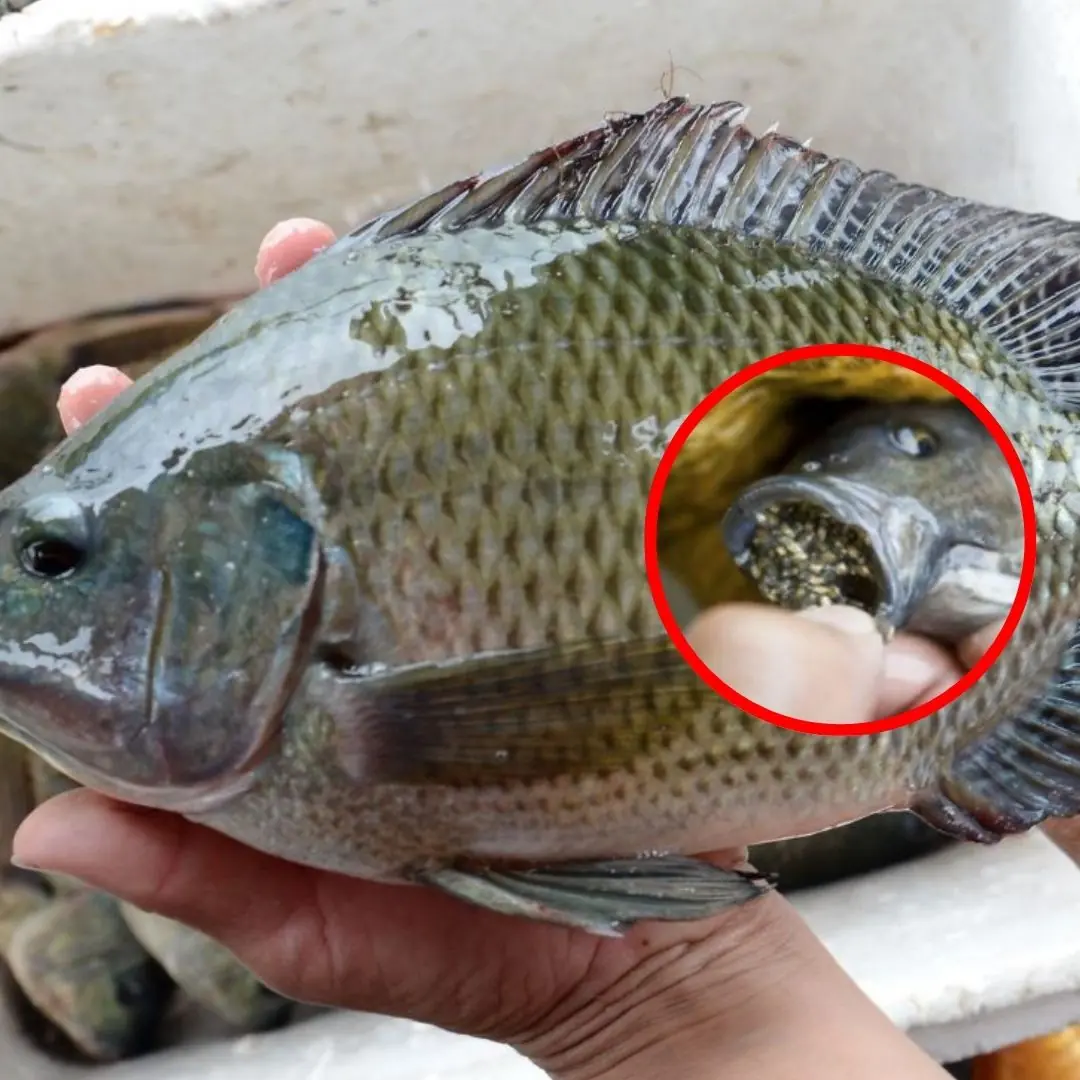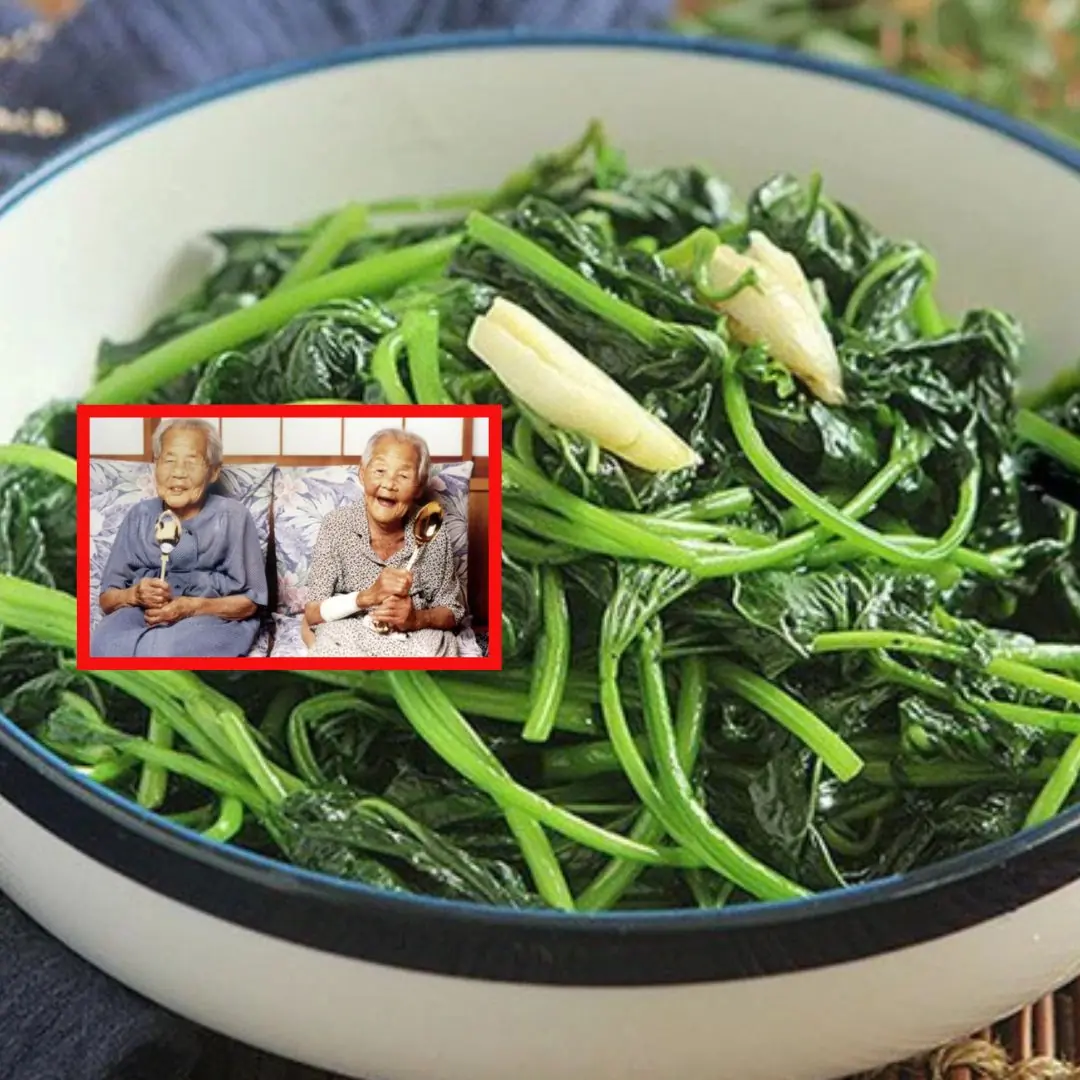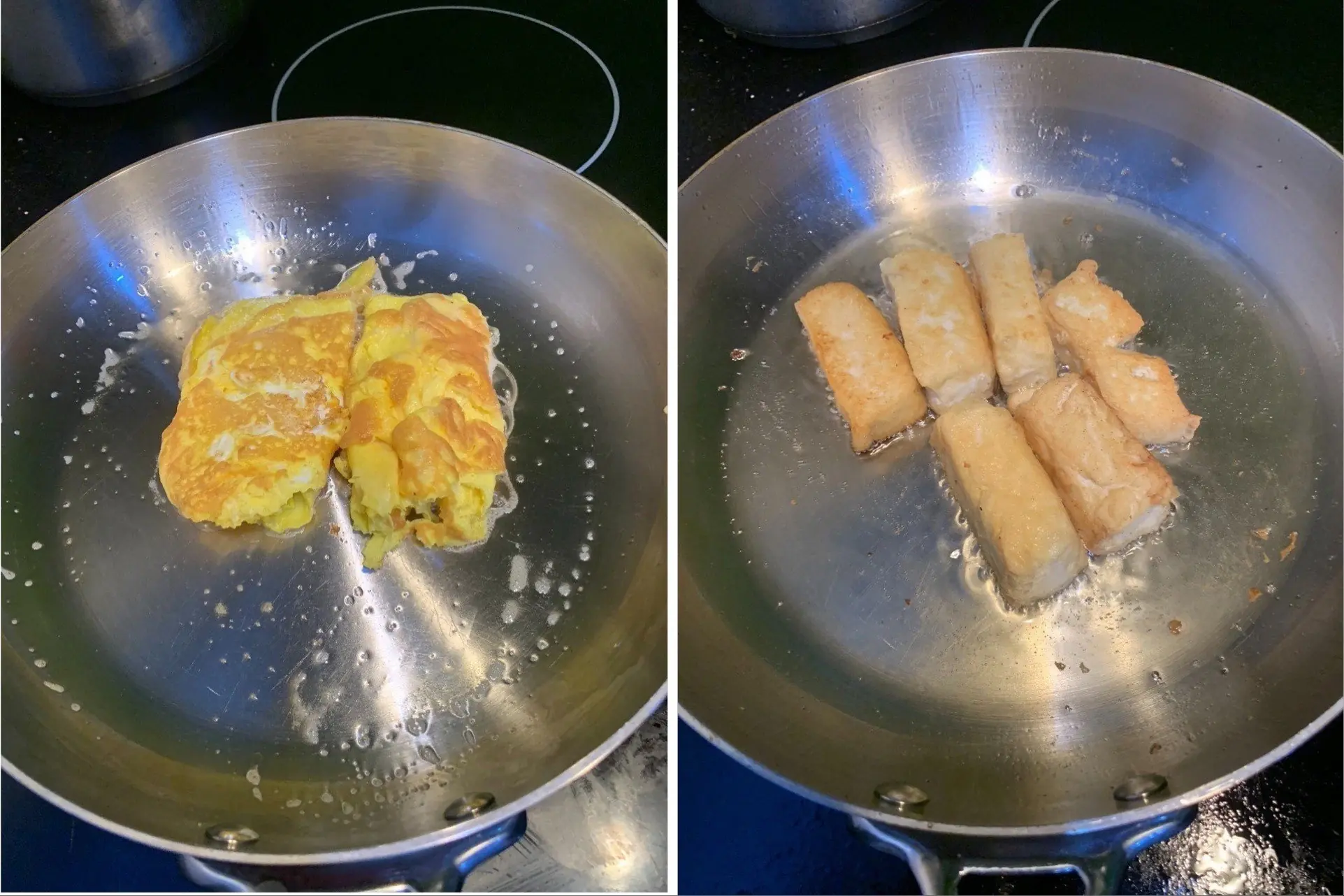Common Mistake When Using Thermal Bottles: Many Unknowingly Risk Their Health
Using thermal bottles properly is crucial for your health and safety.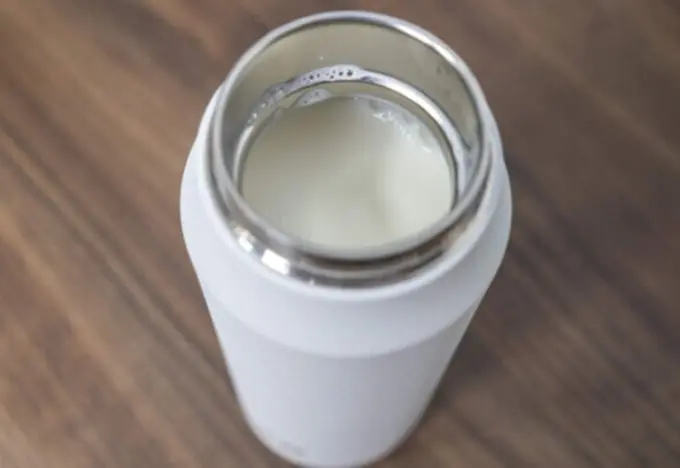
Thermal bottles have long become a staple, especially for busy individuals, those who love convenience, or people constantly on the move. Their main purpose is to keep beverages or food at the desired temperature for several hours. Thanks to the vacuum insulation design, thermal bottles allow us to enjoy hot tea in the early morning or stay refreshed with chilled water during hot midday hours.
However, one common mistake many people make is storing food or drinks in thermal bottles for too long. This seemingly harmless habit can not only affect the quality of the contents but also pose serious health risks.
Why You Shouldn’t Store Food in Thermal Bottles for Too Long
1. Bacteria can still grow – even with temperature control
Many believe that if food is still warm, it’s safe. But thermal bottles don’t have sterilizing functions. After a certain time, the internal temperature can drop into the “danger zone” (below 60°C for hot food or above 5°C for cold food).
This temperature range is ideal for bacteria to multiply rapidly. Dangerous bacteria like Salmonella, Listeria, and Clostridium perfringens can cause food poisoning, nausea, diarrhea, and worse if ingested in large amounts.
2. Some foods can corrode the inner lining of thermal bottles
Most thermal bottles are made of stainless steel, but not all stainless steel types can resist chemical reactions from high-acid foods such as:
-
Lemon juice, orange juice, vinegar, tomatoes, sour soups
-
Certain sour-tasting smoothies
In cases where substandard materials are used (e.g., stainless steel 201 instead of 304 or 316), the inner lining becomes more prone to corrosion and may even leach heavy metals like nickel or chromium into your food—harmful if consumed regularly.
How to Use a Thermal Bottle Safely
1. Only store drinks that are “safe” for stainless steel
It’s best to use thermal bottles for:
-
Plain water
-
Boiled water
-
Tea
-
Black coffee
-
Herbal drinks
-
Detox water
Avoid storing:
-
Acidic fruit juices (orange, lemon, pineapple, etc.)
-
Carbonated drinks
-
Milk
-
Porridge
-
Oily or fatty foods
-
Sour soups
2. How long can hot or cold drinks stay safe in the bottle?
-
Hot drinks:
The temperature should stay above 60°C to inhibit bacterial growth.
If the water was initially boiled above 90°C and the bottle is of good quality, it’s generally safe for 6–12 hours.
After 12 hours, if the taste or smell changes, reheat the drink before consuming.
-
Cold drinks:
The temperature should remain below 5°C if ice is added or if it was chilled beforehand.
Plain cold water can last 12–24 hours, depending on the bottle, as long as it remains clear and odor-free.
For ice water, check if the ice has fully melted and the water has warmed up—this can be a sign bacteria might grow.
3. Don’t store cooked food for more than 4 hours
Although not recommended, many people use thermal bottles to store items like porridge, milk, soup, or stew.
In such cases, never keep food in the bottle for more than 4 hours.
After that period, food can start to break down, spoil, and create an ideal environment for bacteria. This can lead to indigestion, bloating, or food poisoning—especially dangerous for children, the elderly, or anyone with a sensitive digestive system.
4. Clean the bottle thoroughly after every use
Cleaning a thermal bottle involves more than rinsing the inner wall. For optimal hygiene:
-
Detach all removable parts like rubber seals and lids for deep cleaning
-
Make sure the bottle is completely dry before closing to prevent mold and odors
-
For regular use, deodorize weekly using hot water mixed with baking soda or white vinegar—a simple but effective method
5. Choose high-quality thermal bottles
To protect your health and prolong the product’s life, choose bottles with:
-
Stainless steel 304 or 316, known for food safety, rust resistance, and corrosion resistance
-
Food safety certifications from trusted organizations like the FDA (USA), LFGB (Germany), or SGS
-
Effective insulation lasting 6 to 24 hours, with leak-proof design for easy portability in bags without spillage
Conclusion
In today’s fast-paced world, using a thermal bottle is perfectly understandable. However, food safety must always come first. With just a few changes in habit, you can use your thermal bottle wisely and efficiently—without compromising your health or your family's.

